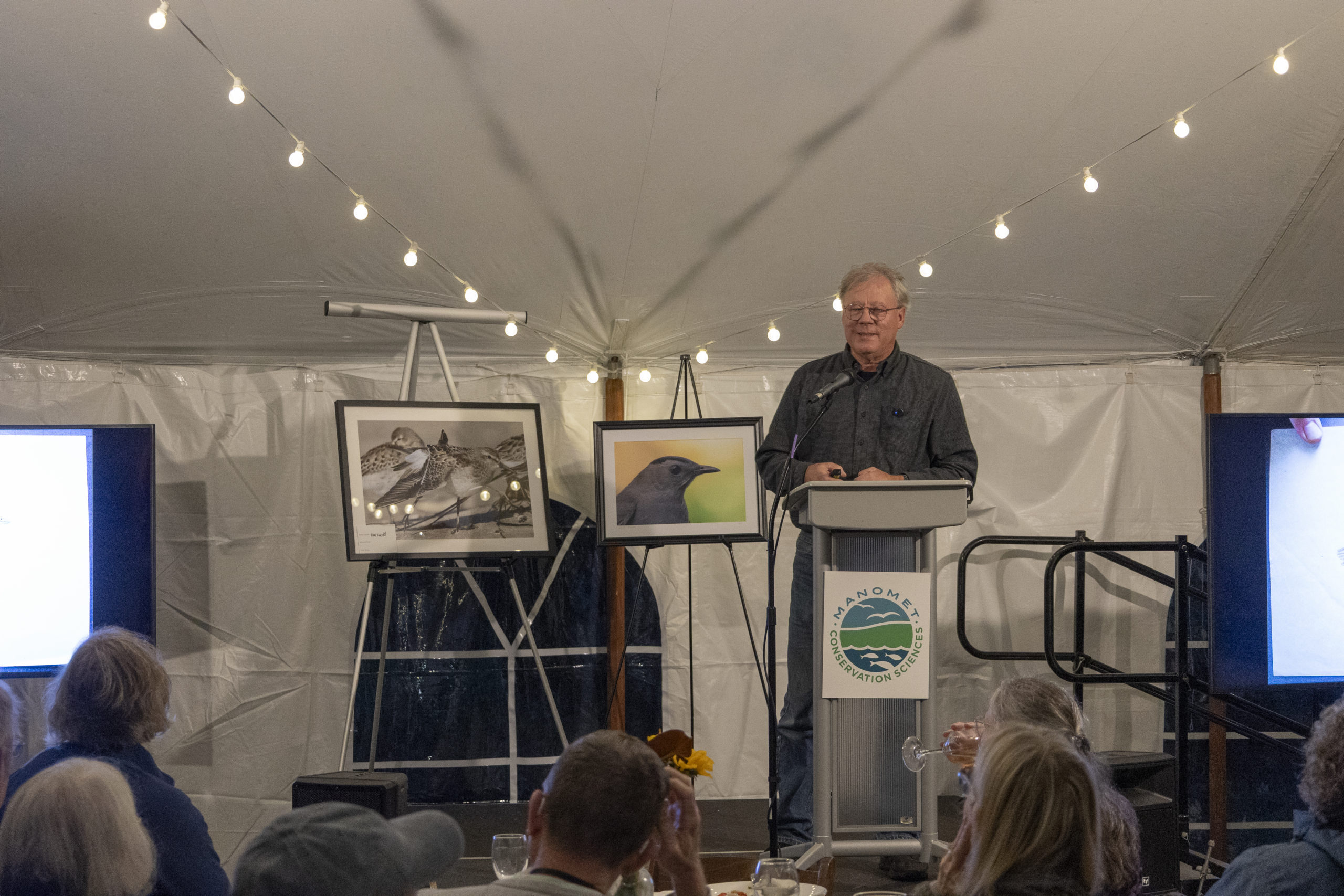Andrea Ferreira
Science Communications Manager
David Sibley Returns to Manomet
Every corner of Manomet holds a piece of history, and no one tells those stories better than the people who lived through them. In October 2025, during Manomet’s Alumni Reunion, the campus came alive with stories, memorabilia, and the return of familiar faces. More than fifty years after the founding of the Manomet Bird Banding Observatory, the sense of place and purpose remains unchanged.

I had the privilege of documenting a special moment: an inspiring talk by David Sibley, a world-renowned ornithologist, artist, and member of the banding crew in the fall of 1983. Under the warm lights of the reunion tent, Sibley shared stories of warblers, sketches, and the long-lasting mark that Manomet left in his life journey.
Growing up between mist nets and birds
Sibley grew up surrounded by birds and science. Growing up with a father who was an ornithologist at Yale’s Peabody Museum, he was encouraged to be curious about the natural world. By age eight, David was banding birds at Point Reyes Bird Observatory. As a teenager, he sketched everything that was caught on the net.
“Watching birds and drawing them have always gone hand in hand,” he explained. For Sibley sketching is a form of study, not just art. He described it as “an interview with the bird,” a process that forces careful observation and attention to every detail. Each drawing begins with a series of questions: What shape is the head? How long are the wings? Where do the white markings fall? How do the feathers overlap when the wing is folded? Even the simplest sketch, he said, demands a level of focus that transforms how you see the bird.
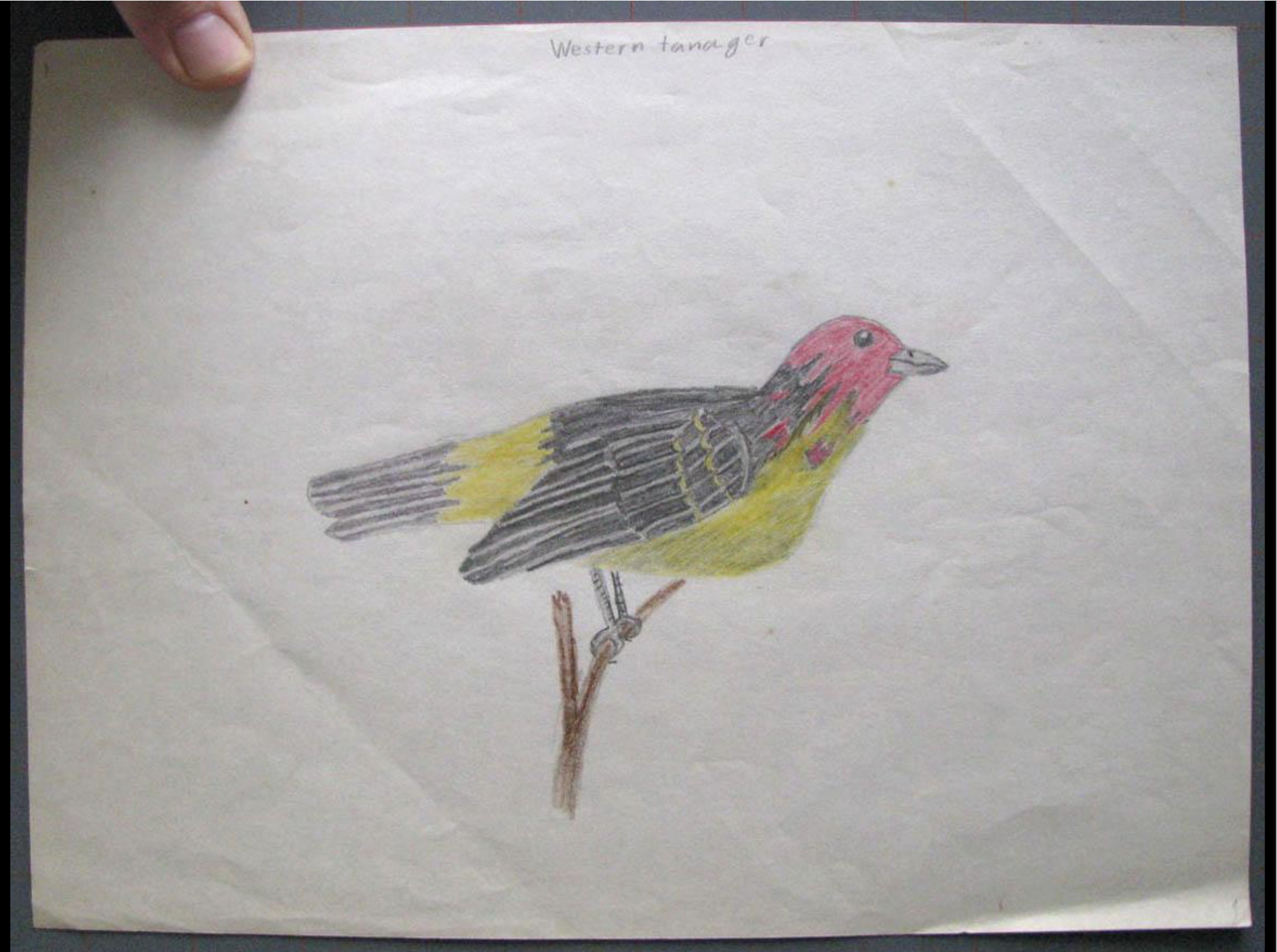
David Sibley traces his love of books back to childhood. As a teenager, he was drawn to the process of gathering and organizing information, turning observations into something tangible and complete. Around age fourteen, he created his own homemade field guide titled The Warblers of Connecticut, typed on his father’s typewriter, illustrated with colored pencil drawings, and bound by hand. “It had a print run of one,” he joked, but the experience left a lasting mark.
Surrounded by birdwatchers, Sibley saw field guides as part of everyday life. “All the adults I knew were birdwatchers,” he recalled, and one of them happened to be Roger Tory Peterson, who lived just twenty miles away. Peterson, already a legend in birding circles, encouraged Sibley’s early sketches and quietly affirmed that his passion had purpose. Looking back, Sibley said it never felt unusual to dream of writing a field guide. To him, it seemed like a perfectly reasonable career path. “People write field guides,” Sibley recalled thinking, “and everybody uses field guides.” The idea that he could make a living studying and illustrating birds felt not only possible, but natural.
Manomet and the making of a field artist
In the fall of 1983, David Sibley arrived at Manomet as a young intern “who wanted to look at warblers” with no particular project in mind. He joined a tight-knit team of banders directed by Trevor Lloyd-Evans, who were experiencing an exceptional migration season. That fall, they banded 5,722 new birds, including an astonishing total of 3,158 Black-capped Chickadees, a year so productive that longtime banders still talk about it. “Those were the good old days,” Trevor recalled with a laugh during the introduction to Sibley’s talk.
For Sibley, who had already been banding birds for years at Cape May and in Connecticut, Manomet was both a field station and an open-air classroom. Here, he could pair scientific rigor with the quiet discipline of drawing, bringing together two passions in a setting perfectly suited to both.
Each morning began with the same rhythm: checking mist nets, weighing and measuring birds, and then releasing them. Between data sheets and wing measurements, Sibley sketched the birds he held in his hands—warblers, thrushes, flycatchers, and sparrows—translating field notes into quick, inquisitive pencil lines.
Much of this work took place beside photographer David Twichell, who had set up a small glass-fronted box lined with branches and leaves. Inside, freshly banded birds could perch naturally for a few moments before release. With the primitive photographic gear of the early 1980s, it was an ingenious setup that produced crisp close-ups of relaxed, alive birds. Sibley would sit beside the box with his sketchpad, drawing while the birds moved freely, studying how posture and feather tracts shifted from moment to moment.

That partnership between science and art became a defining influence. The banding lab gave him a rare opportunity to observe subtle features—sparking interest in molt limits, feather wear, the alula spot on an Ovenbird, or the changing hue of a Nashville Warbler’s crown—all with the context of accurate age and sex data recorded during banding.
A book that changed everything
In the evenings after banding, Sibley often stayed in the library, browsing through the shelves of well-worn field guides and ornithology texts. One night, he pulled down a book he had never seen before — The Birds of the Mediterranean and Alps by Lars Jonsson — and it stopped him in his tracks. The experience, he said, was completely life-changing.
“I spent hours that fall just sitting in the library, looking through it,” he recalled. “The illustrations were so fine, so perfectly done. They weren’t overly detailed, but they captured everything — the shape, the posture, the lighting.” He studied the plates until he knew every page by heart. Those images reshaped the way he thought about bird illustration. “They were so far beyond anything I had ever seen before,” he said. He even researched Jonsson’s materials and began painting on the same kind of colored charcoal paper, experimenting with how tone and texture could bring light and movement to life on the page.
And it wasn’t just a career that took shape at Manomet, it was also the beginning of an everlasting bond. “The best thing that happened at Manomet is that I met Joan, my wife,” Sibley shared with a grin. Joan Walsh, who also began her career here, went on to become one of the region’s leading field ornithologists and conservationists. Together, they built a life in motion: studying Wood Storks in Georgia, searching for Northern Hawk Owls in Maine, working as seabird observers in the Bering Sea, and spending years on the Farallon Islands off California.
Along the way, they found community in the same network of naturalists that defined late 20th-century American ornithology, names like Peter Pyle, Steve Howell, Keith Hansen, and Rich Stallcup, friends, mentors, and collaborators who pushed one another to look closer and draw better.
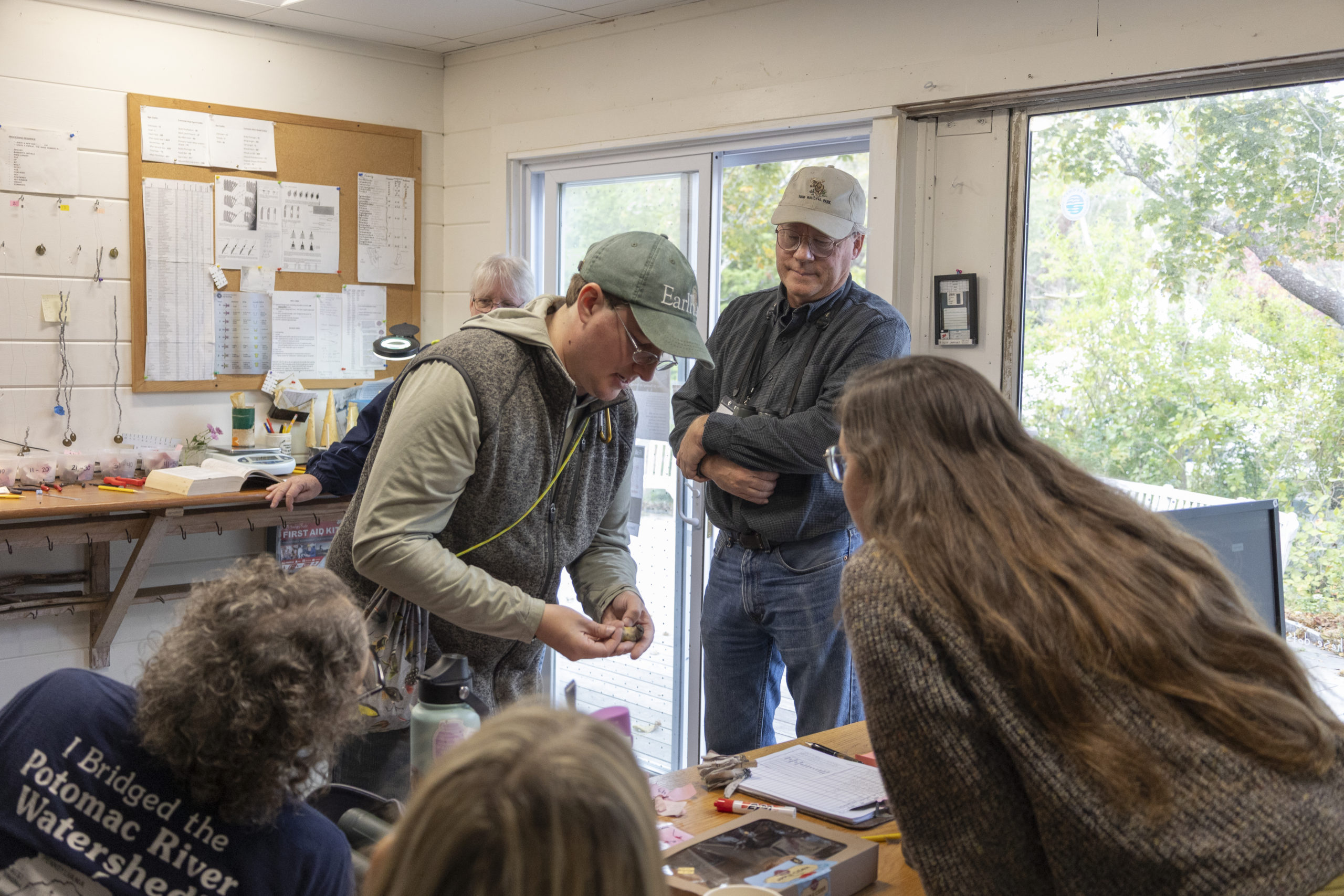
Rediscovering Manomet’s roots
As Sibley prepared for his talk, he revisited a stack of old sketches from his internship at Manomet. While scanning them, he noticed something extraordinary: several were drawn on the backs of photocopies of letters from Manomet’s earliest days.
One, written in 1968 by Chandler Robbins, supported the idea of establishing the Manomet Bird Observatory. Robbins had just toured the property with Kathleen Anderson, who later founded the Manomet Bird Observatory and served as its President for many years, and described it as a “perfect place for a bird observatory.” Another letter from Bill Drury of Mass Audubon read, “A place where people can visit and handle birds under supervision should serve a very useful purpose these days.” And from Ernst Mayr at Harvard, a simple but powerful line: “Any opportunity to bring youngsters into contact with real animals should be encouraged.”
Sibley was stunned to realize that he had been sketching on important pieces of history. “Their words could have been written directly to me, the importance of hands-on learning, of connecting with living things.” He paused before adding what became the heart of his message: “What amazes me most is that Manomet has stayed true to that vision. Nearly sixty years later, we’re still giving young people real, hands-on experiences with birds and nature, and still changing lives.

As the evening drew to a close, David left us with a reflection that lingered long after the applause faded:
“I’ve recently learned about something called the Overview Effect. It’s what astronauts describe when they look at Earth from space—seeing this blue marble floating in the void, gaining a completely new perspective on life, the universe, and what truly matters. They come back changed, with deeper thoughts about sustainability and our place in the world.
I think I’ve experienced something similar through birding and banding. When you hold a Magnolia Warbler in your hand, you realize this tiny bird has come from Ontario and is on its way to Costa Rica. Along the way, it will face thunderstorms, winds, and predators—but it’s made it this far. Looking at that little bird, you get a sense of the whole globe. You almost rise above it all, seeing the full journey from Canada to Central America.
It’s an almost existential experience—holding a living traveler in your hand, understanding where it’s coming from, where it’s going, and what it’s taken to get there. And that, I think, is the power of birding, of banding, and of teaching people about birds and the natural world. It’s why we need places like Manomet—to reach more people and open that window of wonder for them, too.”



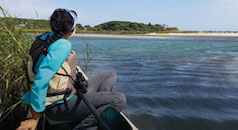
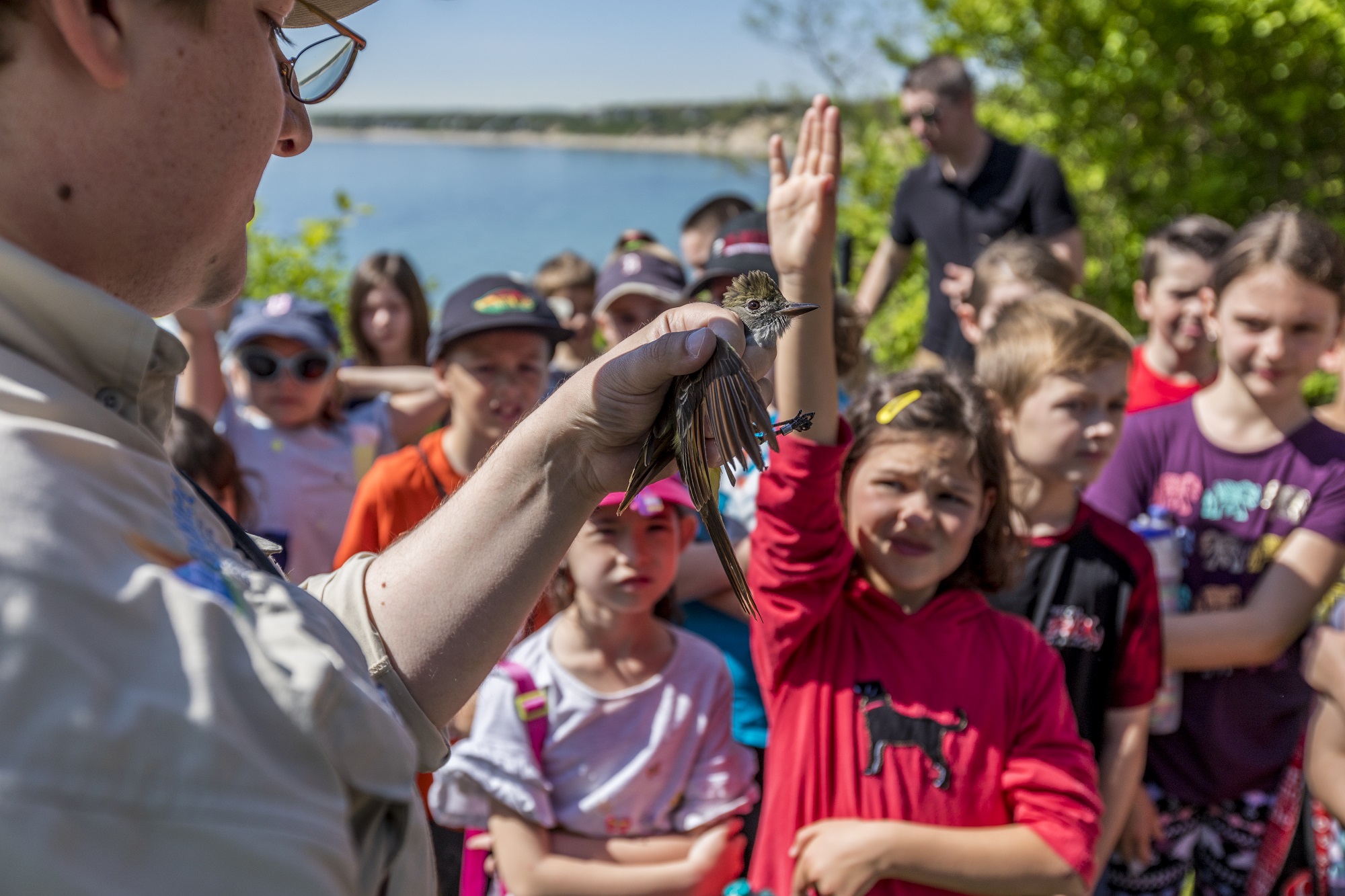
 Back to all
Back to all